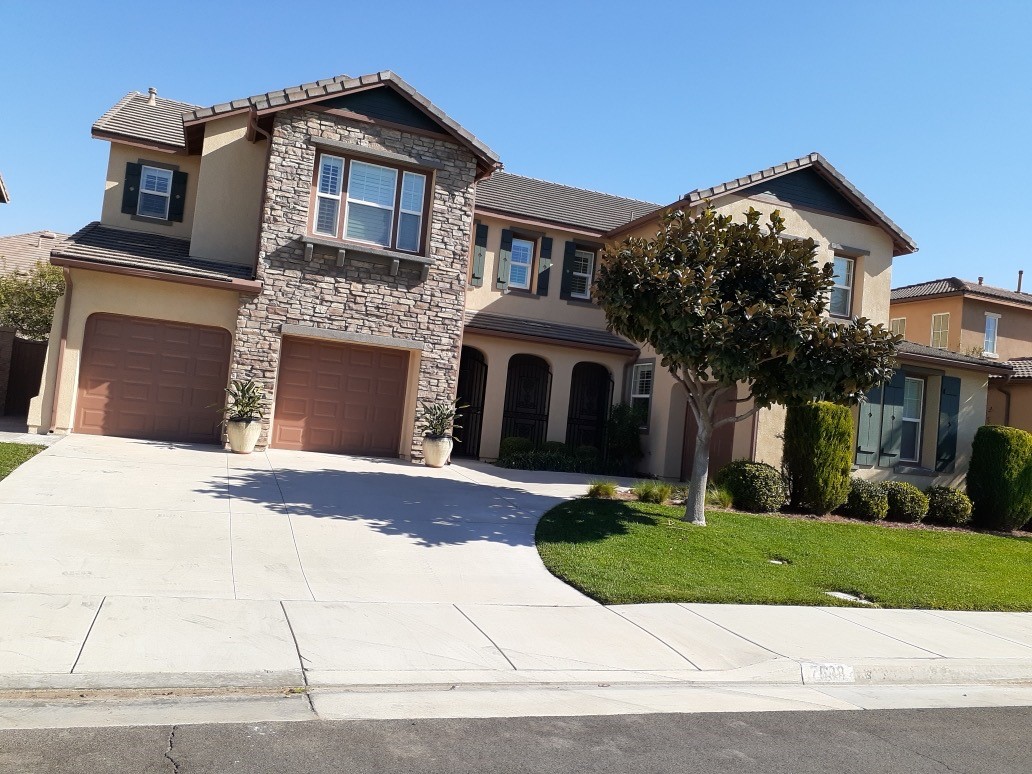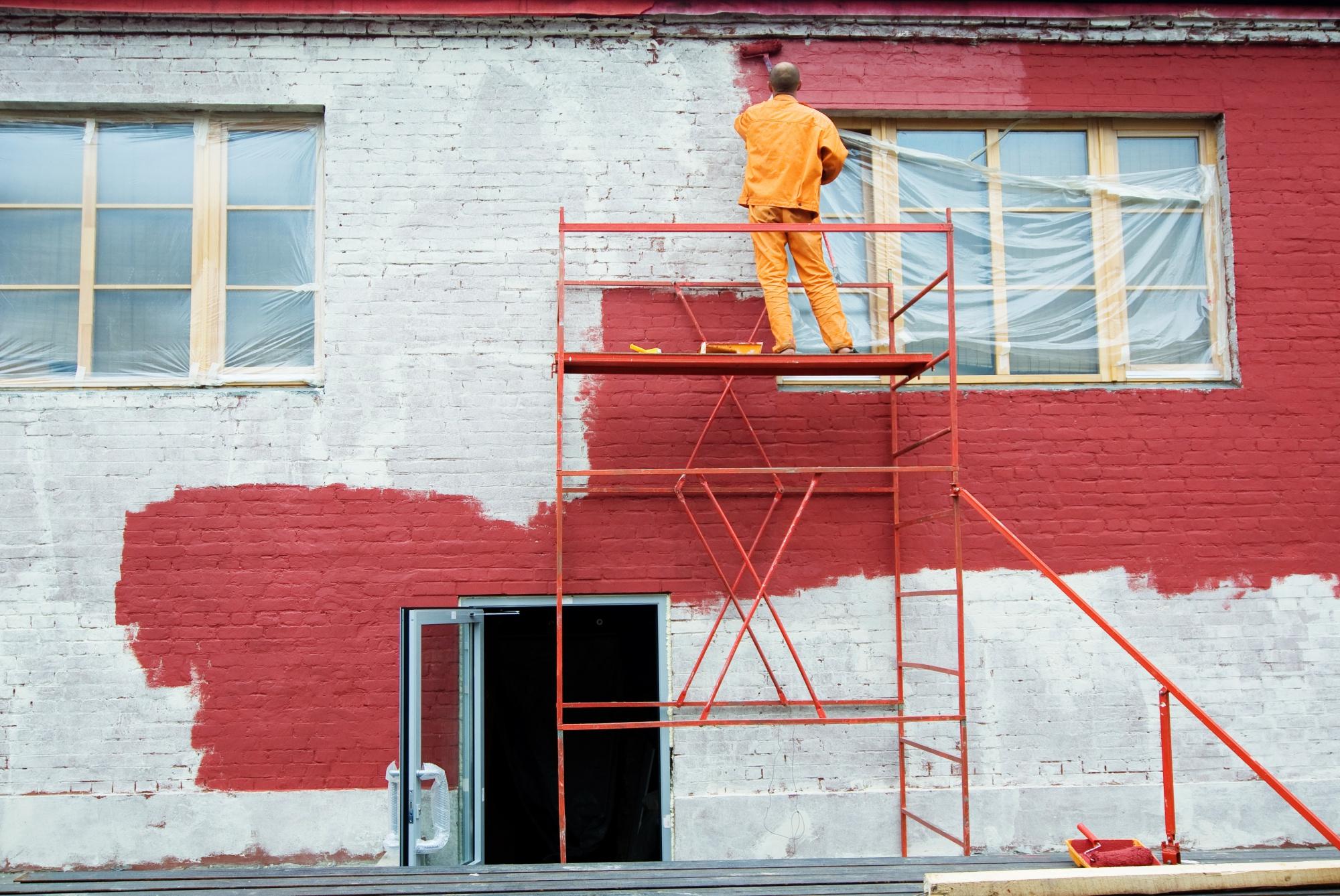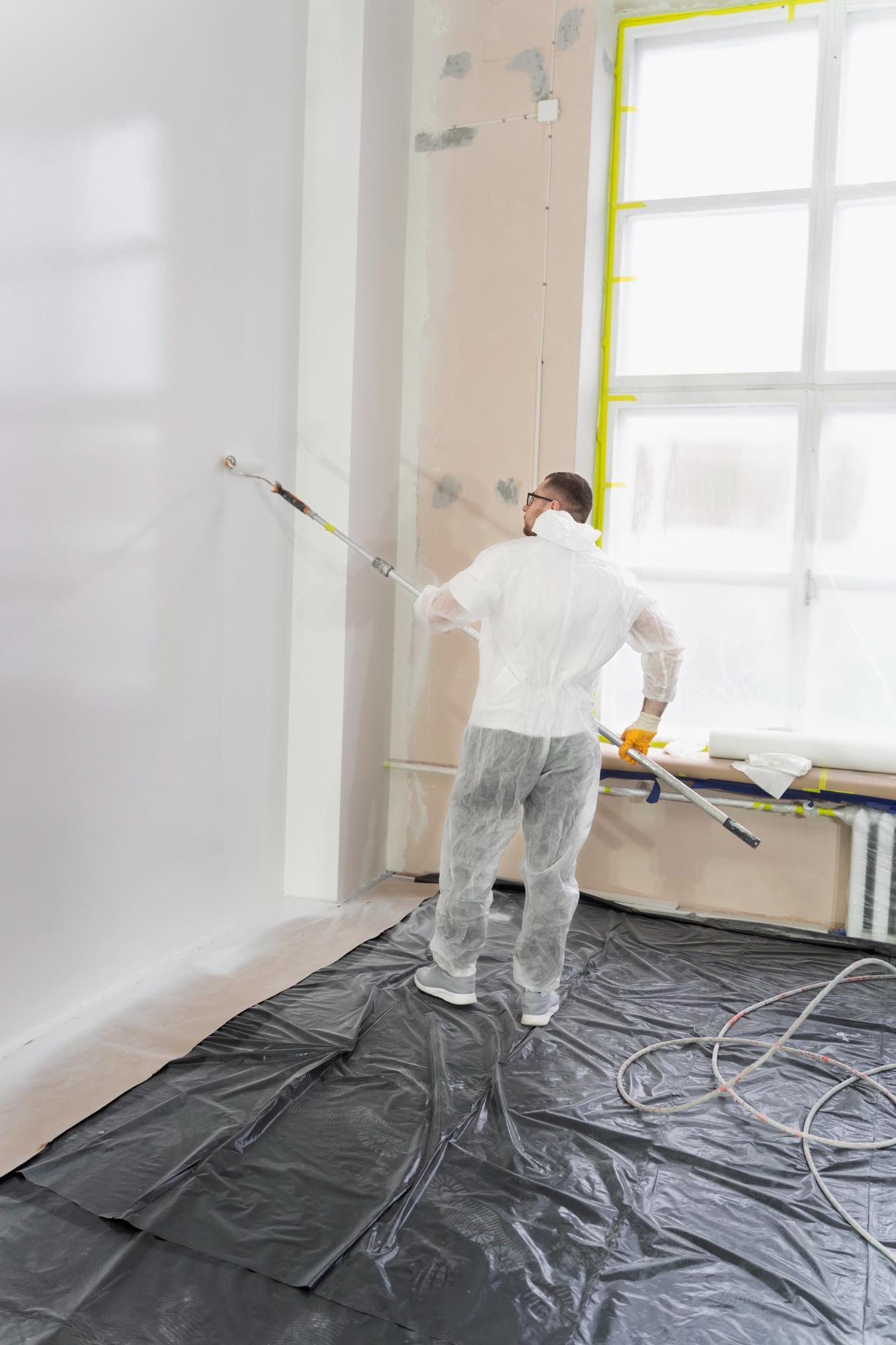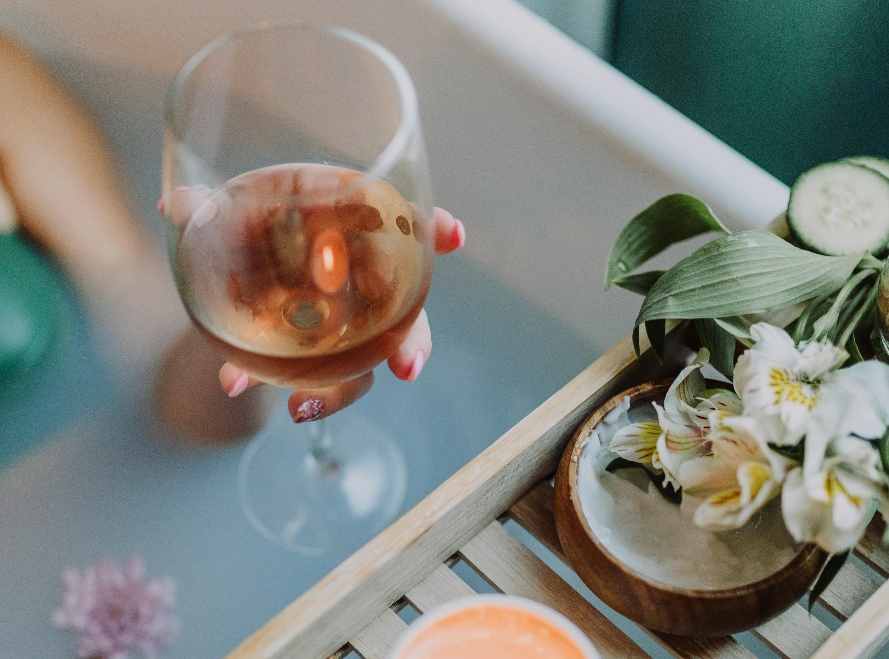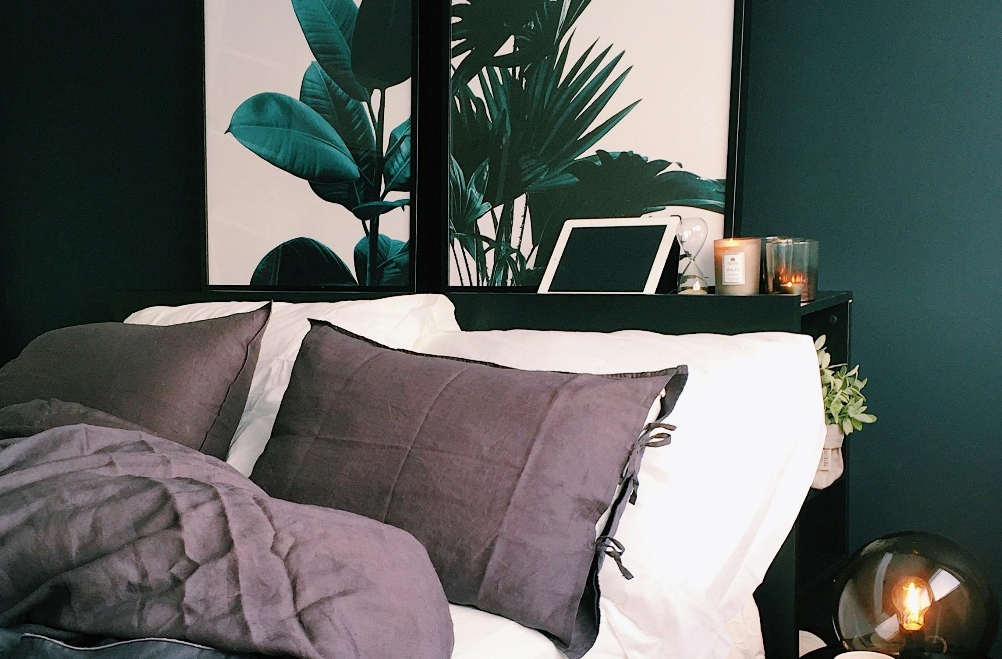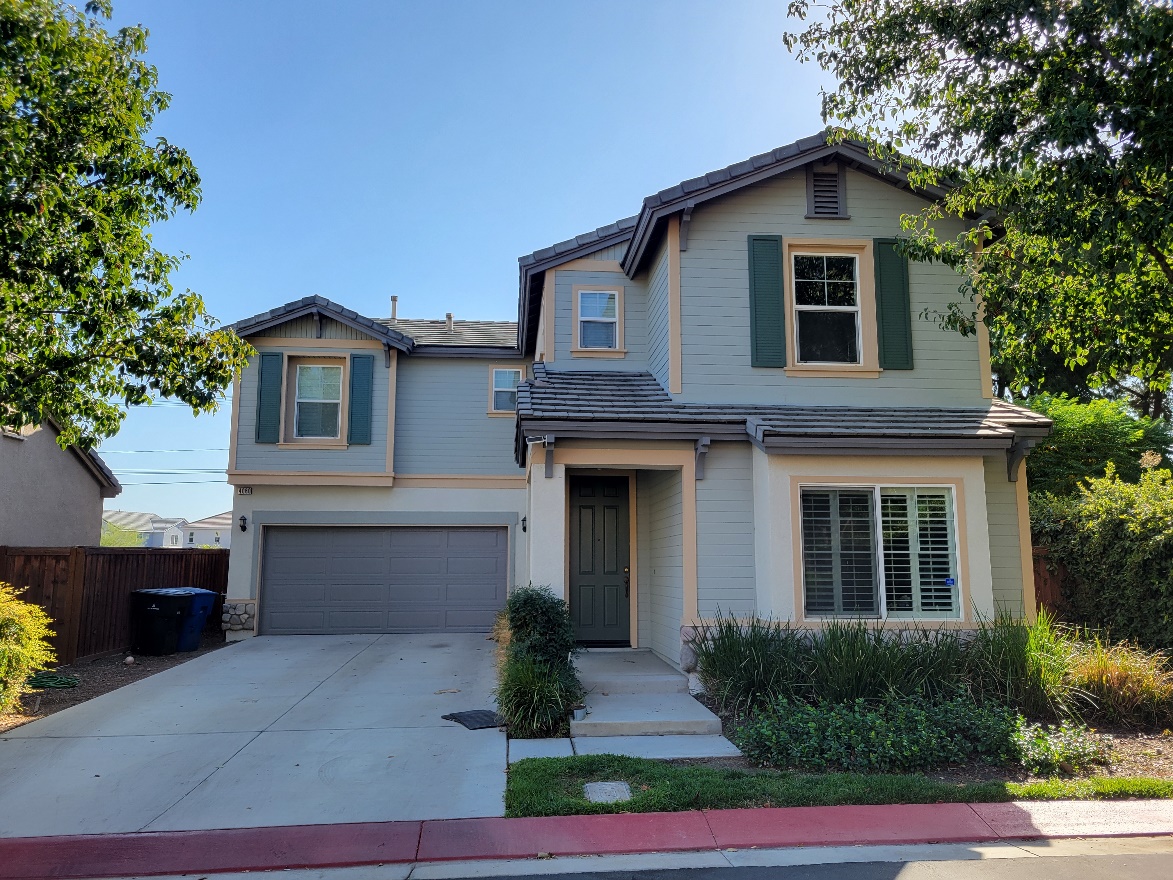When it comes to exterior painting in San Diego County, timing is everything. Whether you’re refreshing the look of your home or protecting it from the elements, understanding how weather impacts your paint job is essential.
Ideal temperature ranges, humidity levels, and seasonal considerations all play a major role in determining how your exterior paint performs.
In this guide, we’ll help you understand the best conditions for scheduling your paint projects so you can enjoy long-lasting, flawless finishes year-round.
Why Weather Matters in Exterior Painting
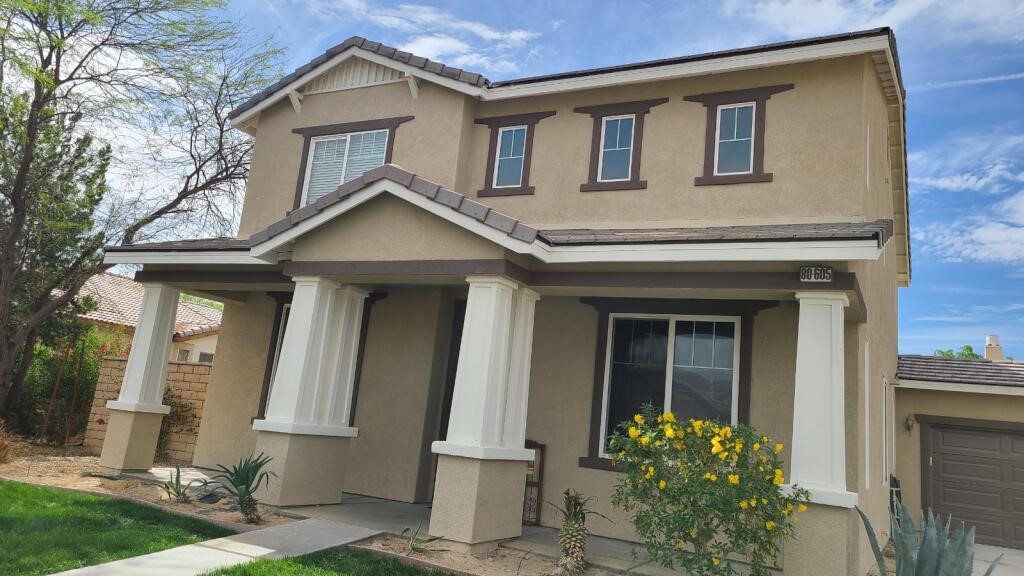
Unlike interior projects, exterior painting is entirely at the mercy of the elements. Temperature, moisture, wind, and sunlight can all significantly affect how paint adheres and dries. Professional residential painters and exterior house painting experts know that poor weather conditions lead to peeling, bubbling, and premature paint failure—issues that can cost you both time and money.
That’s why top painting contractors in San Diego County assess the weather forecast before taking on any outdoor job. Let’s explore the science behind the ideal painting conditions by season.
Ideal Temperature and Humidity for Exterior Painting

The perfect combination of temperature and humidity ensures your exterior paint cures properly and bonds to the surface effectively.
Optimal Temperature Range:
Most top painting contractors in San Diego County recommend painting when temperatures range between 50°F and 85°F (10°C to 29°C). Oil-based paints perform best within 40°F to 90°F, while latex paints prefer 50°F to 85°F.
Watch Out for Fluctuations:
It’s not just about daytime highs—nighttime lows matter too. If temperatures drop too much after sunset, the paint may not cure correctly, leading to cracks or uneven finishes.
Humidity Levels:
Humidity should ideally stay between 40% and 70%. High humidity slows drying times and can cause mildew, while low humidity can cause paint to dry too quickly, resulting in brush marks and uneven coverage.
Spring: A Fresh Start with Mild Risks
Spring is one of the most popular seasons for exterior painting. The moderate temperatures and increasing daylight hours provide a generous window for work. However, spring weather is unpredictable—rain showers and sudden temperature drops can hinder progress.
Tips for Spring Painting:
- Monitor the weather closely and avoid painting right before or after rain.
- Early spring mornings can still be quite cold. Schedule painting for mid-morning to late afternoon when it’s warmer.
- Choose a quick-drying latex paintfor changing weather conditions.
Best for: Mild climates where spring is dry and stable, such as Southern California.
Summer: Ideal Dry Conditions with Heat Precautions
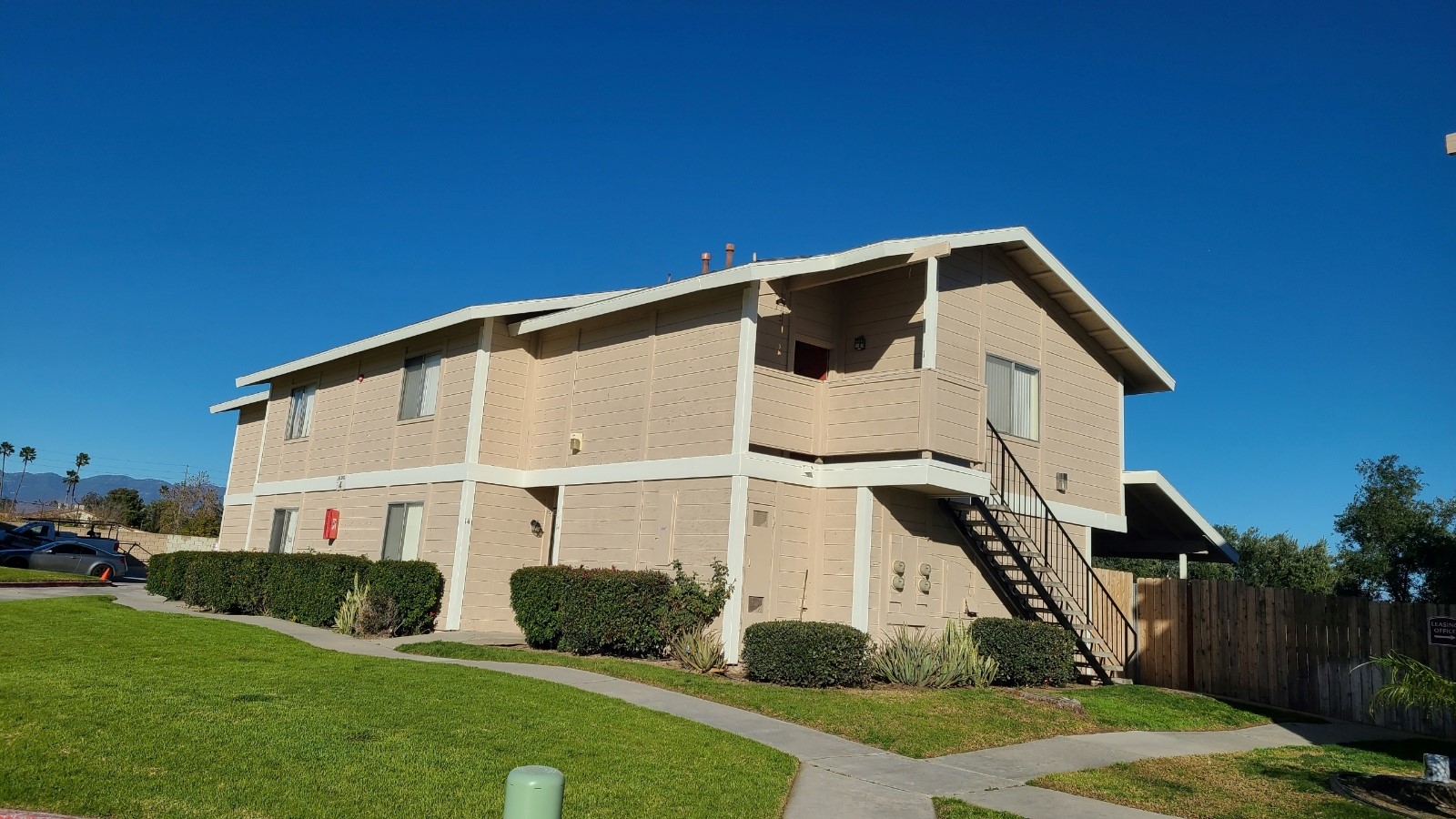
Summer is considered the prime time for exterior house painting experts. Longer days, dry air, and warmer temperatures mean that paint dries quickly and evenly—ideal conditions for professional finishes. However, extreme heat can be a concern.
Tips for Summer Painting:
- Avoid painting in direct sunlight during peak hours. Paint early in the morning or later in the afternoon.
- Use lighter colors that reflect sunlight to prevent paint from blistering.
- Be wary of sudden summer storms—ensure the forecast is clear for at least 24 hours post-application.
Best for: All regions with manageable heat levels and minimal rainfall.
Fall: Crisp Air and Beautiful Colour Results
Many residential painters prefer fall for exterior painting, thanks to cooler temperatures and reduced humidity. Fall offers ideal drying conditions, especially during early to mid-season.
Tips for Fall Painting:
- Start projects early in the season to avoid overnight temperature dips below 50°F.
- Stick with paint that’s formulated to cure in lower temperatures if working later in the fall.
- Plan for shorter daylight hours to ensure proper drying before nightfall.
Best for: Most climates, especially regions like San Diego, where fall weather is reliably dry and cool.
Winter: Proceed with Caution or Pause Altogether
Winter is usually considered off-season for exterior painting, particularly in colder regions. Low temperatures, rain, snow, and frost make it almost impossible for paint to adhere or cure properly.
Tips for Winter Painting:
- If you must paint, choose a specialty paint designed for cold-weather application (as low as 35°F).
- Watch for early sunsets—schedule painting between 10 AM and 2 PM when temperatures are highest.
- Only consider winter painting in temperate climates like Southern California, where days remain mild.
Best for: Mild, dry winter zones such as coastal Southern California.
Other Environmental Factors to Consider
Top painting contractors know it’s not just about seasons—it’s also about your home’s unique exposure to environmental conditions.
Wind: Strong winds can blow debris into wet paint and cause uneven application. Wind also accelerates drying, which may lead to visible lap marks.
Dew: Morning dew can ruin freshly painted surfaces. Avoid painting too early in the day or near dusk.
Sun Exposure: UV rays can cause paint to fade or dry too quickly. Try to paint shaded areas first or work around the sun’s path.
Choosing the Right Paint for the Weather
Working with exterior house painting experts ensures you get the right products for your local climate. High-quality paints formulated for specific weather conditions offer better coverage, durability, and resistance to cracking or peeling.
Acrylic Latex Paints: Ideal for most climates, with excellent flexibility and fast drying times.
Elastomeric Paints: Great for high-humidity areas—provides extra waterproofing.
Low-Temp Paints: Designed for cooler weather and can be applied in temperatures as low as 35°F.
Working with Professional Exterior House Painting Experts
No matter the season, hiring residential painters with a proven track record ensures your exterior paint job stands the test of time. Top painting contractors like Silver Star Painting understand how local climate patterns impact exterior finishes and plan each job meticulously for optimal results.
They’ll evaluate:
- The best season and time of day for your location
- Surface preparation requirements
- Paint formulations suited for seasonal conditions
Final Thoughts: Timing is Key for Long-Lasting Beauty
Planning your exterior painting project with weather in mind is the key to a successful, long-lasting finish. Whether you’re preparing your home for sale, refreshing curb appeal, or protecting against the elements, understanding how temperature and humidity affect the process gives you a major advantage.
With professional guidance from exterior house painting experts, you’ll avoid costly mistakes and enjoy a beautifully painted home for years to come.
Ready to transform your home’s exterior? Trust the experienced team at Silver Star Painting, your go-to residential painters in San Diego County. Whether you’re painting in the warmth of summer or the cool breeze of fall, we deliver flawless results using premium materials, expert techniques, and a weather-aware approach. From exterior painting to interior upgrades, we offer comprehensive solutions to elevate your space.
Contact Silver Star Painting today and schedule your free consultation—because your home deserves the best, in every season.

